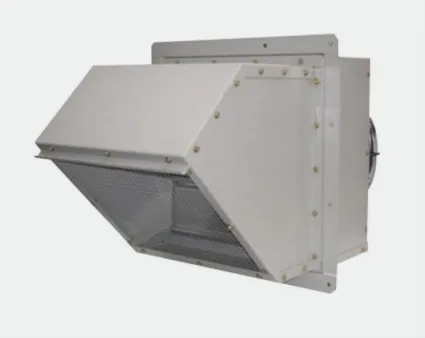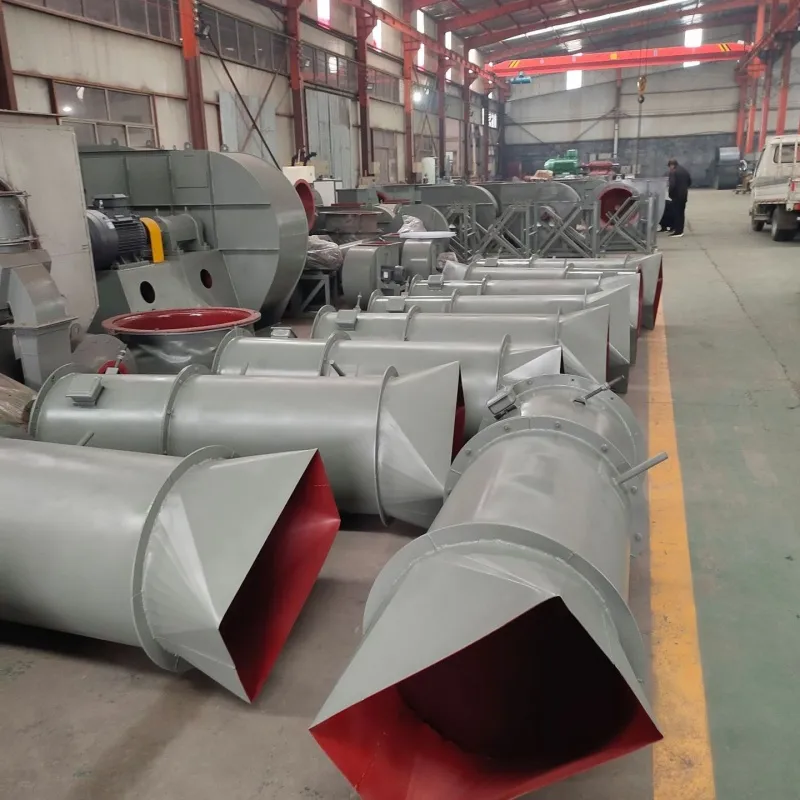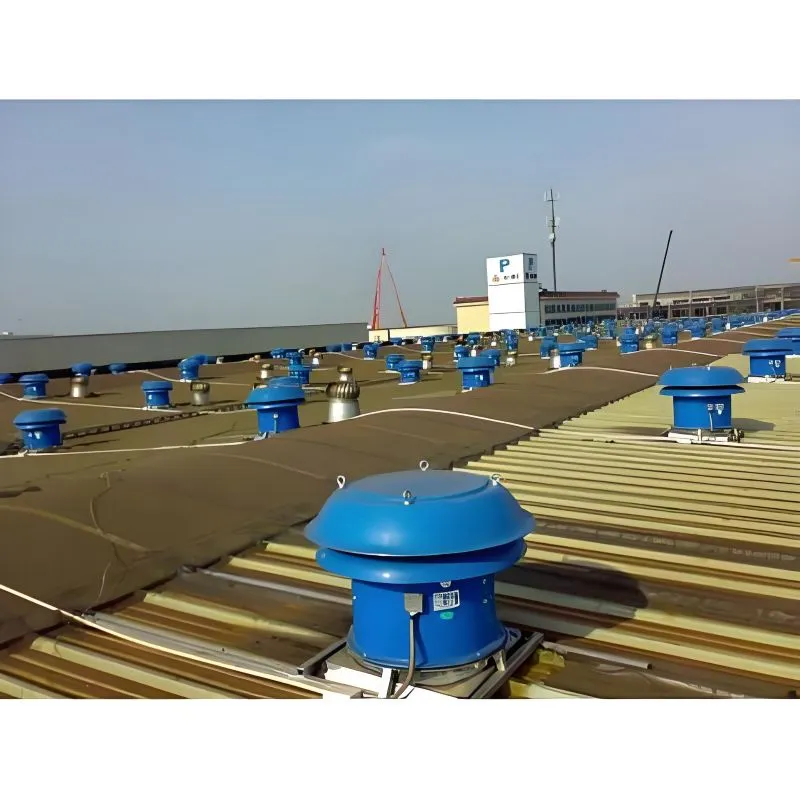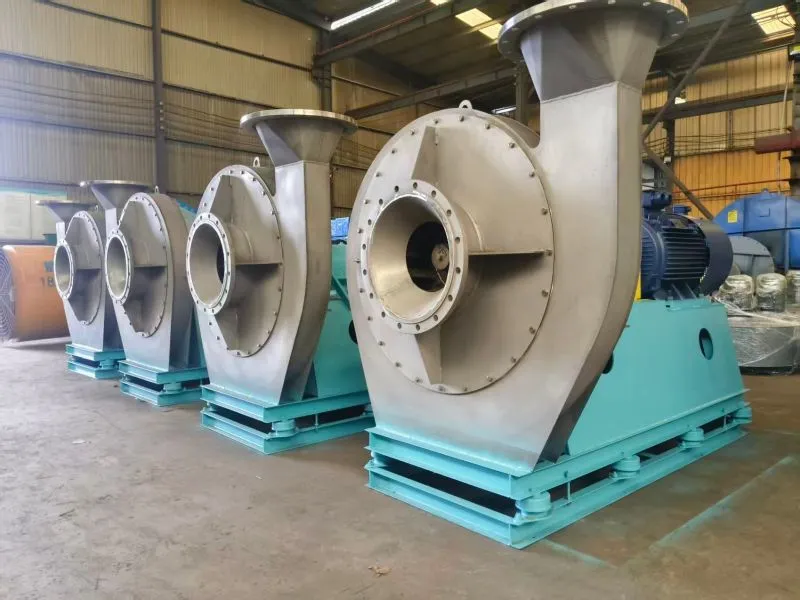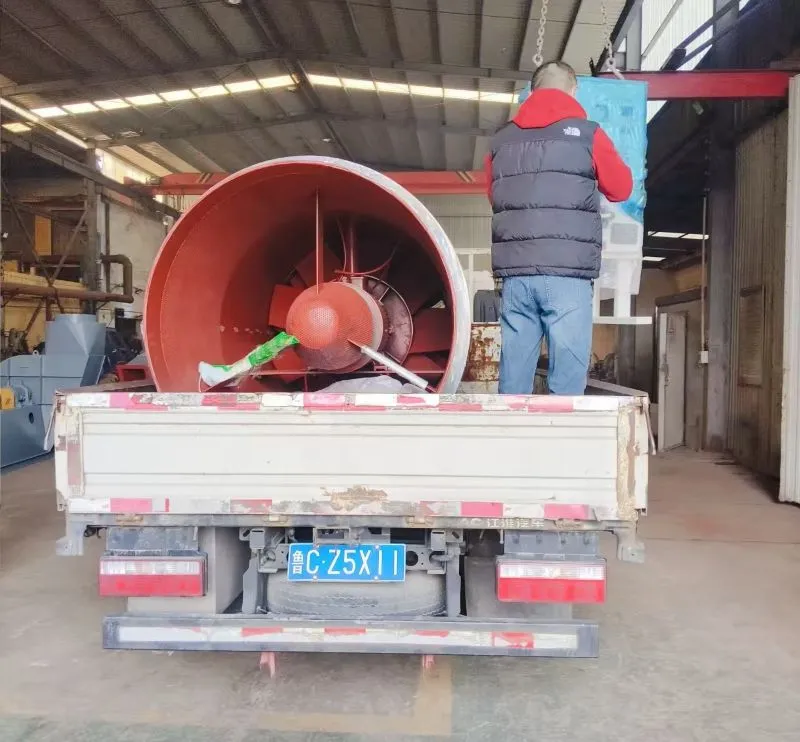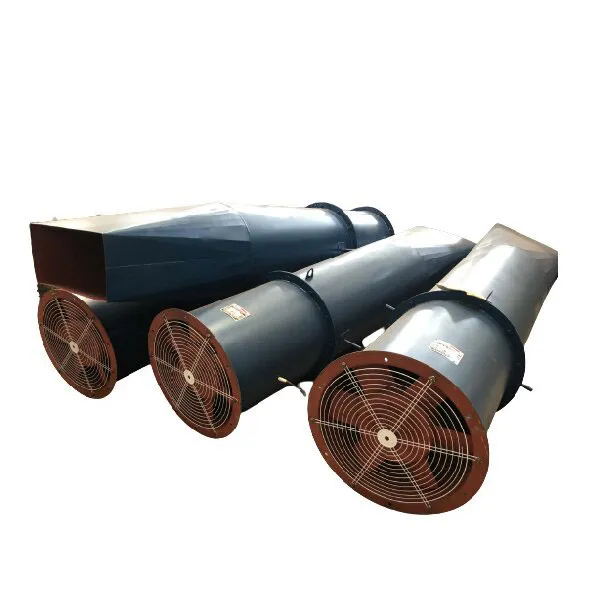In the dynamic world of renewable energy, identifying the leading wind turbine manufacturer in terms of innovation can be a nuanced pursuit. As technologies evolve and new players emerge, staying at the cutting edge requires a blend of creativity, adaptability, and a keen understanding of market demands.
Understanding the Landscape of Wind Turbines
When we talk about innovation in wind turbines, it’s not just about size or power capacity. It’s also about efficiency, sustainability, and adaptability in various environments. Manufacturers like Vestas, GE Renewable Energy, and Siemens Gamesa have long been in the limelight. But who truly leads?
Vestas, for instance, has been notable for its commitment to reducing carbon footprints, integrating innovative materials that not only boost efficiency but also enhance durability. This focus helps them maintain a competitive edge, especially in offshore projects where harsh conditions prevail.
However, the landscape is always shifting. Emerging companies often bring unexpected disruptions to the norm. Zibo Hongcheng Fan Co., Ltd., known for its diverse range of industrial fans, could also influence wind turbine components with their innovative fan technologies, which are detailed on their website.
Technical Challenges and Solutions
Innovation isn’t without its hurdles. One significant challenge is minimizing turbine noise, which can be detrimental to nearby communities and wildlife. This has pushed researchers to develop quieter, more effective blade designs, employing techniques like biomimicry inspired by owl wings.
Moreover, the increasing demand for corrosion-resistant and environmentally friendly materials has driven manufacturers to explore alternative composites. This is where companies like Zibo Hongcheng Fan Co., Ltd. find their niche. With their experience in producing corrosion-resistant fans, they contribute valuable insights into material innovation.
As technologies develop, so do the tools used in production and maintenance. Advanced sensors and AI-driven monitoring systems have become essential in predictive maintenance, reducing downtimes and costs, ultimately improving the lifecycle of turbine installations.
The Role of Digitalization in Winds of Change
Digitalization plays a pivotal role in transforming traditional methodologies. Digital twins, for instance, simulate real-world operations, offering predictive insights before actual deployment. This technology allows for rigorous testing and optimization, significantly reducing trial and error phases.
Leading manufacturers are investing heavily in these technologies. However, the costs and expertise required can be a barrier for smaller players. This gap opens opportunities for partnerships and collaborations, facilitating knowledge transfer and technological advancements across regions.
Businesses such as Zibo Hongcheng Fan Co., Ltd. leverage digital tools to refine their operations, ensuring their products meet the high standards required by wind turbine manufacturers, as noted in their extensive product offerings.
Innovative Projects and Case Studies
Case studies often reveal the real-world implications of innovation. Take Siemens Gamesa, which has been involved in several high-profile offshore projects aimed at maximizing energy output while minimizing environmental impact.
These projects often highlight the importance of collaboration among industry leaders. Agreements with local governments and investment in local infrastructure are vital components of successful project deployment, buffering against political and economic uncertainties.
Similarly, initiatives that integrate community feedback into design and operational processes lead to more sustainable and accepted projects. These practices are crucial for new entrants, helping navigate complex political and social landscapes.
Future Trends Shaping the Industry
Looking forward, wind turbine innovation will likely witness trends towards modularity and hybrid systems. The integration of solar panels into turbine structures is one such hybrid approach on the horizon.
Additionally, the push for energy storage enhancements is likely to gain momentum. Efficient storage solutions will address one of the major limitations of wind energy: its intermittency.
Finally, as the industry progresses, institutions, manufacturers, and companies like Zibo Hongcheng Fan Co., Ltd. need to remain agile, embracing changes and fostering an environment where innovation can thrive. The path forward requires collaboration, continuous learning, and a relentless focus on sustainability.









